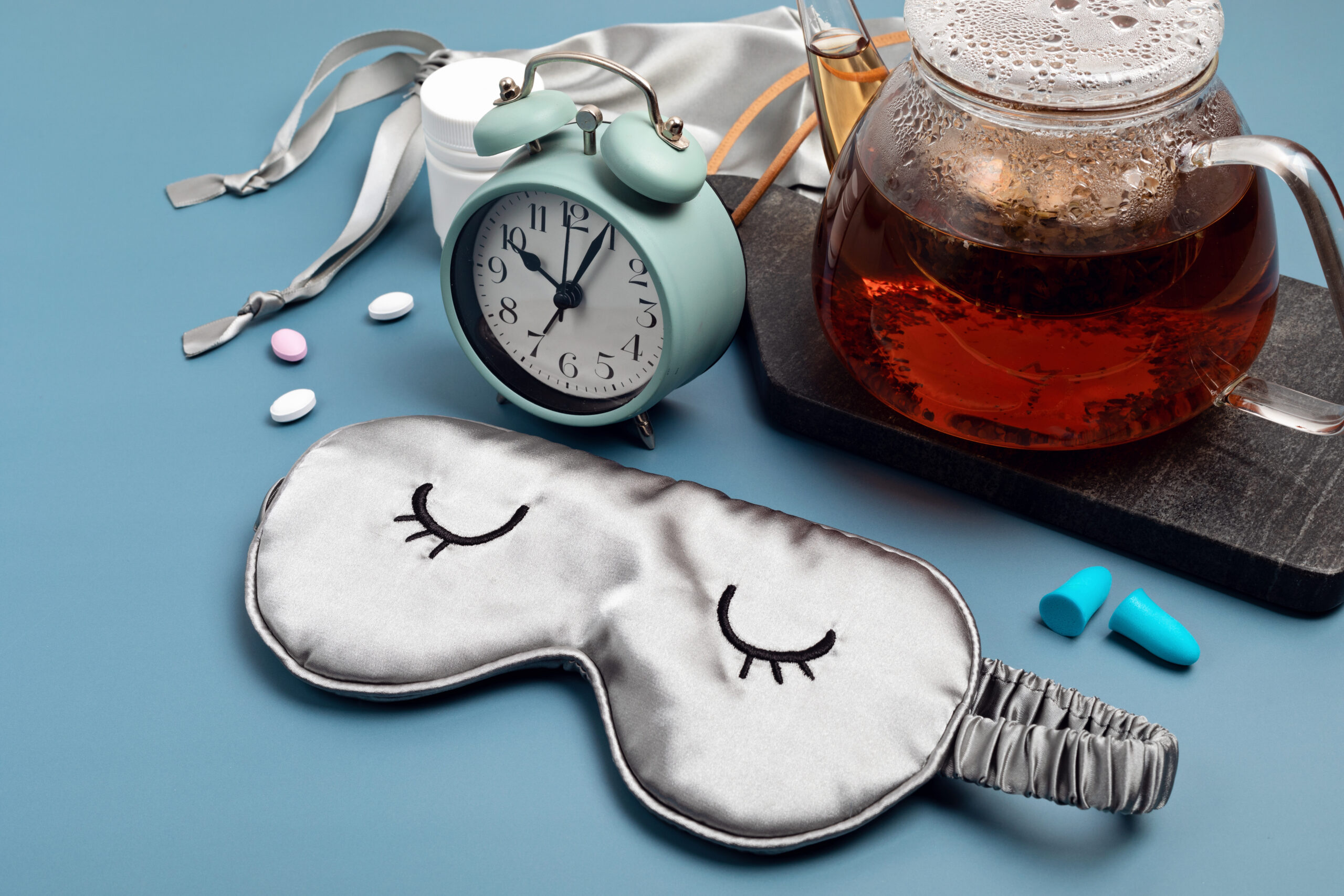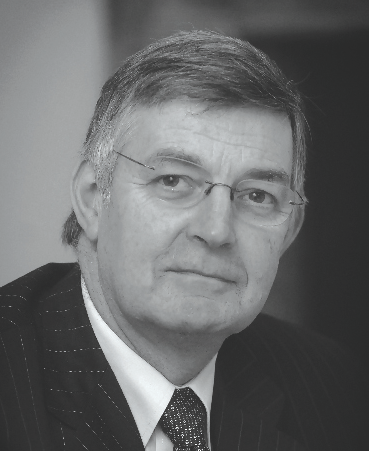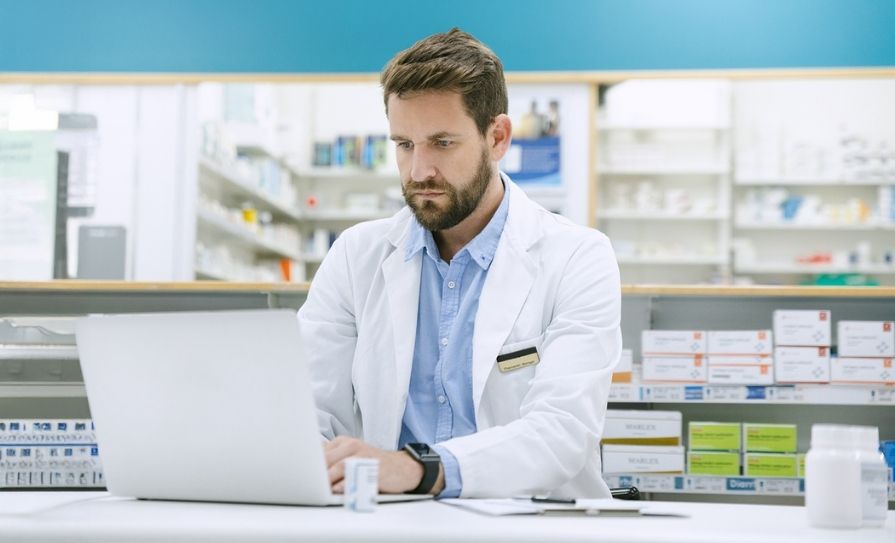Dr Des Corrigan reviews the evidence for herbal therapies to treat stress and insomnia
The Irish Times Health Section published a provocative and at times patronising article in early January titled, ‘Do chemists (sic) muddy the waters with lifestyle stock?’ Among the insulting comments, it also said that “scientists, doctors and those at the coalface of evidence-based medicine, and I’d include pharmacists in that, have a serious role to play in combatting misinformation, pseudoscience and disinformation”. As one who prides himself in interrogating the evidence base on your behalf, I must agree with the conclusion to the article that advised visitors to their local pharmacy “to always ask exactly what evidence there is that your chosen product works before you hand over your cash”.
An informed pharmacist and their trained staff should be able to provide that evidence, but also supply objective information about products promoted over the Internet or on social media. I have in the past dealt with some such products and this month I want to review for you the evidence base for a commercialised product labelled ‘Herbs for Sleep’ that appeared as one of those irritating pop-up ads. There was only one surprise among the plants listed as being in the product, as the other three, lime flowers, lavender and valerian, are well known herbs for sleep and anxiety.
The surprise ingredient was an Indian plant, Withania somnifera, also known as Winter Cherry or Indian Ginseng, although the Latin species name meaning ‘sleep-bearing’ should have been somewhat of an obvious clue. This member of the potato/nightshade family has been used in Ayurvedic and Unani medicine for centuries.
Despite that, the EMA decided not to develop a Community Herbal Monograph (CHM) for Withania, as it was unable to find evidence of at least 15 years of medicinal use within the EU, as required by the Medicines Directive and because the quality specifications were insufficient. Traditionally Withania, known as Ashwagandha in India, has a reputation as a Rasayana, that is an adaptogenic tonic used to treat a multitude of conditions, including debility in old age and insomnia, hence its labelling as ‘Indian Ginseng’.
Preclinical tests have shown anti-stress, neuroprotective, anxiolytic and cardio-protective effects linked to antioxidant activity. Human studies show a reduction in cortisol levels after ingestion of a highly-concentrated extract. Despite its history of Ayurvedic use, there have been few clinical studies and those have involved heterogeneous groups of patients with varying degrees of cognitive impairment. The results do warrant further investigation of the plant, but it is difficult to see any scientific basis for including Withania in a herbal sedative product at this time.
The same cannot be said of the other listed components. Valerian root is well known as a herbal sedative. Indeed, the EMA has accepted a Well Established Use designation for a specific ethanolic extract as a herbal medicinal product for the relief of mild nervous tension and sleep disorders based on clinical trial data. A whole range of other preparations made with aqueous, methanolic or ethanolic extracts or just the powdered root are described in the CHM as being traditional herbal medicinal products for relief of mild symptoms of mental stress and to aid sleep.
Nine of the 56 THMPs registered by the HPRA contain valerian and many are available from Irish pharmacies. The evidence base should reassure patients that this is an effective medicinal plant. Preclinical studies show that extracts of various types have affinity for the GABAA receptor and extensive in vivo tests in rats and mice demonstrate anxiolytic and sedative effects. Many of the older trials involving aqueous extracts support the traditional use, but the EMA was not convinced by the data.
The level of evidence for lavender flower or its essential oil is lower compared to valerian, but higher than that for the lime flowers
Trials based on ethanolic extracts were deemed to be of a higher quality, including GCP compliance, and the results of 21 trials led to the Well-Established Use indication. Those trials show that valerian is superior to placebo in patients with non-organic insomnia. Two demonstrated that the plant extract is as effective as low doses of oxazepam, but is better tolerated. It seems to improve sleep structure rather than exerting a general sedation.
The level of evidence for lavender flower or its essential oil is lower compared to valerian, but higher than that for the lime flowers. The inclusion of lavender in the product is hardly surprising, since the essential oil has long had a reputation as a relaxant when used in aromatherapy. Preclinical studies show sedative and anxiolytic effects in rats, mice and even gerbils. A 2019 systematic review and meta-analysis in the journal Phytomedicine included 37 RCTs involving 3,964 participants with anxiety.
Lavender significantly reduced anxiety levels measured using any of the commonly-used validated assessment scales. In a typical trial, 80mg of lavender oil for six weeks was administered to 77 patients with a primary diagnosis of Generalised Anxiety Disorder (GAD) as measured by the Hamilton Anxiety Scale. The results showed that the lavender capsules significantly reduced anxiety and were comparable in effectiveness to 0.5mg lorazepam. Despite these results, the EMA deemed the data insufficient to grant a Well-Established Use indication but that it did support the traditional use claim.
The use of lime flowers as a THMP for the relief of mild symptoms of mental stress arises solely from traditional use and pharmacological plausibility, based on laboratory studies that suggest agonist activity at the peripheral benzodiazepine receptor and anxiolytic activity in mice, since no clinical studies are available.
Of course, these are not the only sedative herbs approved by the EMA. Hops (Humulus), Passiflora, Melissa and Californian Poppy are all listed as THMPs “for relief of mild symptoms of mental stress and to aid sleep”. All of these plants have a safety advantage over benzodiazepines and related sedative/hypnotics in terms of overdose risk and dependence.
If you have occasion to advise patients about remedies for stress and insomnia, then your options include these herbal materials. Accusing you of muddying the waters by stocking such registered and approved medicinal products is itself unscientific, biased and not evidence based.








